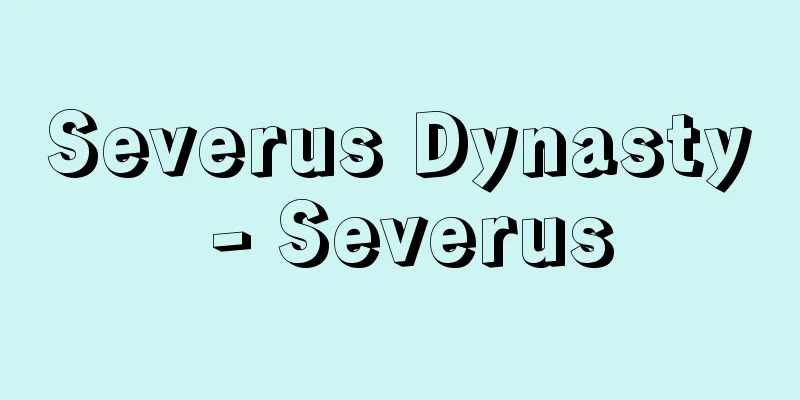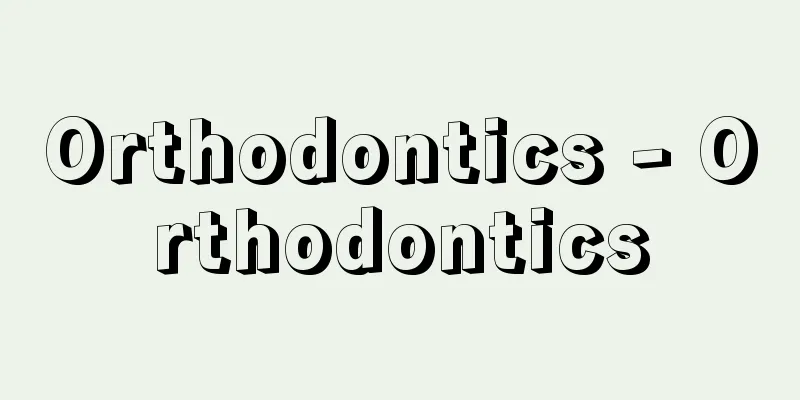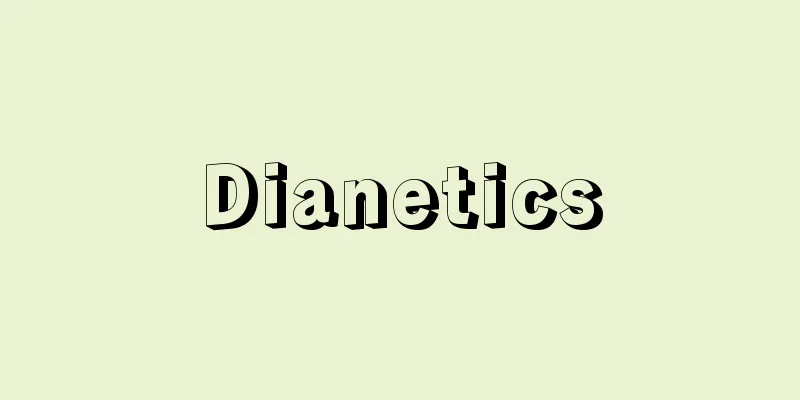Chemical fertilizer - Chemical fertilizer

|
Fertilizers are not simply made by mechanically mixing or blending raw fertilizer materials, but are produced by chemical manipulation using two or more types of fertilizer as raw materials, and contain two or more of the three major elements of fertilizer: nitrogen, phosphorus, and potassium. Chemical fertilizers include: Compound fertilizers are classified as those containing 30% or more of the three fertilizer elements, while those containing less than 30% are called high-level compound fertilizers, and chemical fertilizers are becoming more advanced every year. The most common low-level compound fertilizers are made by mixing and granulating ammonium sulfate as the nitrogen component, superphosphate as the phosphorus component, and potassium chloride as the potassium component, but there are many other types, such as those that use lime nitrogen or urea instead of ammonium sulfate, and fused phosphate fertilizer instead of superphosphate. The most common high-level compound fertilizers are made by adding ammonia to phosphoric acid made by the wet method instead of superphosphate, which increases the content of the elements. Compound fertilizers with specially added trace elements necessary for crops, such as magnesium oxide (magnesium oxide), manganese, and boron, are also manufactured and sold. [Yuki Koyama] "A Quick Guide to All Chemical Fertilizers" by Namie Ken (1955, Rural Culture Association)" ▽ "Studies on Chemical Fertilizers - Especially from the Perspective of Phosphoric Acid" by Fujiwara Akio and Sonoda Yoji (1961, Yokendou)" ▽ "The Role of Chemical Fertilizers in Agriculture (1996), edited and published by the Japan Chemical Fertilizer Association" ▽ "Fertilizer Handbook, 5th Edition, edited by Date Noboru and Shiozaki Hisao (1997, Rural Culture Association)" ▽ "Fertilizer Yearbook, various editions compiled by the Fertilizer Association Newspaper Department (Fertilizer Association)" [Reference items] | |Source: Shogakukan Encyclopedia Nipponica About Encyclopedia Nipponica Information | Legend |
|
肥料原料を単に機械的に配合ないしは混合したものではなく、2種以上の肥料を原料として化学的操作により製造したもので、肥料三要素である窒素、リン酸、カリ(カリウム)のうち2要素以上を含むものをいう。 化成肥料には、 化成肥料に含まれる肥料三要素の合計成分率が30%以上のものを高度化成、30%未満のものを低度化成とよび区別するが、年々化成肥料の高度化が進んでいる。低度化成は窒素成分として硫安を、リン酸成分として過リン酸石灰を、カリ成分としては塩化カリを加えて配合し造粒したものがもっとも普通の製品であるが、硫安のかわりに石灰窒素または尿素を、過リン酸石灰のかわりに溶成リン肥を用いたものなど多くの種類がある。高度化成は過リン酸石灰のかわりに湿式法でつくったリン酸にアンモニアを加えて反応させ成分含量を高めたものがもっとも多い。このほか酸化マグネシウム(苦土)、マンガン、ホウ素などの作物に必要な微量要素を特別に添加した化成肥料も製造販売されている。 [小山雄生] 『浪江虔著『全化成肥料早わかり』(1955・農山漁村文化協会)』▽『藤原彰夫・園田洋次著『化成肥料に関する研究――特に燐酸より見て』(1961・養賢堂)』▽『日本化成肥料協会編・刊『農業と化学肥料の役割』(1996)』▽『伊達昇・塩崎尚郎編著『肥料便覧』第5版(1997・農山漁村文化協会)』▽『肥料協会新聞部編『肥料年鑑』各年版(肥料協会)』 [参照項目] | |出典 小学館 日本大百科全書(ニッポニカ)日本大百科全書(ニッポニカ)について 情報 | 凡例 |
Recommend
Acala - Fudo Myoo
Another name for the Hindu god Shiva, Acalanata, ...
Phanerozoic
...Reign, kingdom, lineage, series, and stage are...
Peach aphid - Peach aphid
It is an insect of the Aphididae family in the Hem...
Scientific magazine
In the narrow sense, it is the main medium for th...
Turkish - Osman Turkish
The language of the Republic of Turkey (populatio...
Kahal Muzakaru - Kahal Muzakaru
...Darul Islamist forces waged guerilla warfare a...
Lifesaving measures - lifesaving measures
...The stages of resuscitation can be divided int...
Mosselbaai (English spelling)
A port town in the Western Cape Province of the Re...
Uchiosso - The late monk
Date of birth and death unknown. Painter of the e...
Doto - tradition
The correct lineage of sages who convey the Confu...
Starvation - Kigasi
Starvation is a state in which food and nutrition...
Gaston, P.
...A group of abstract art that developed in the ...
Symbole - Symbol
...Humans' limited memory can only produce a ...
Light metals
This refers to a metal with a low density. It is ...
Bilenchi, R.
...Fourthly, both Pavese and Vittorini were stron...









